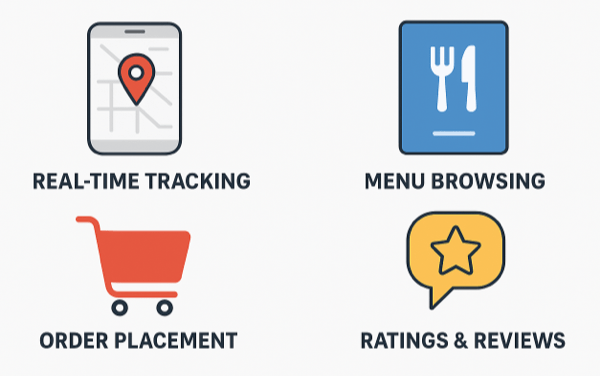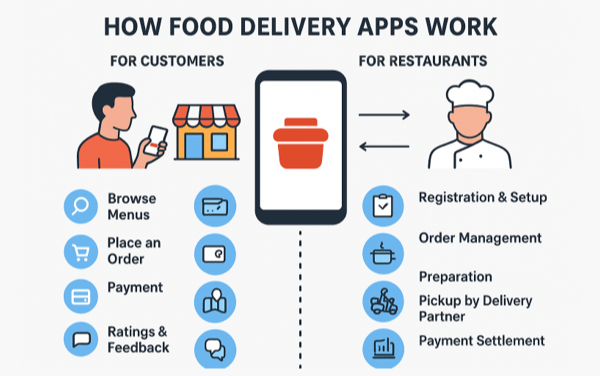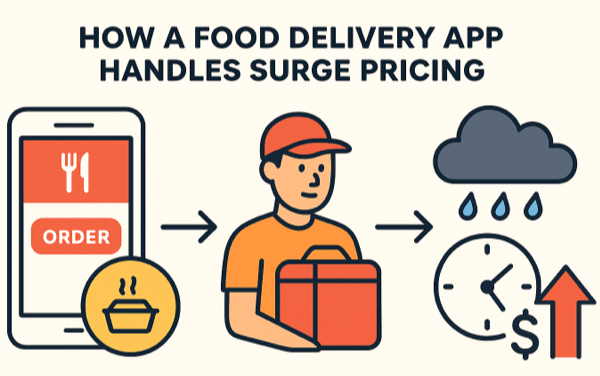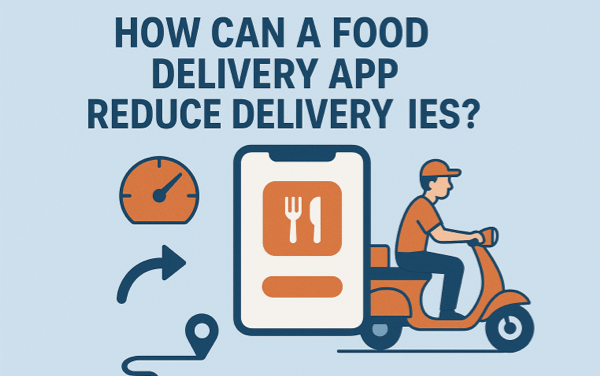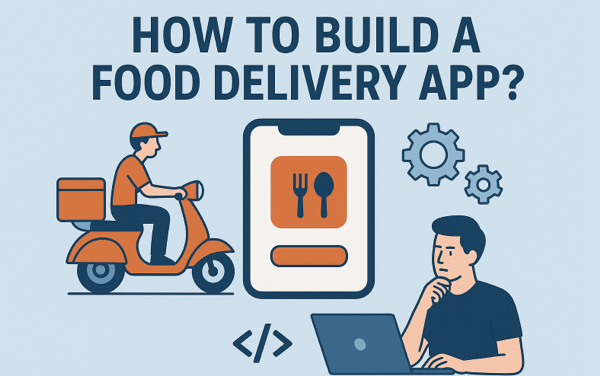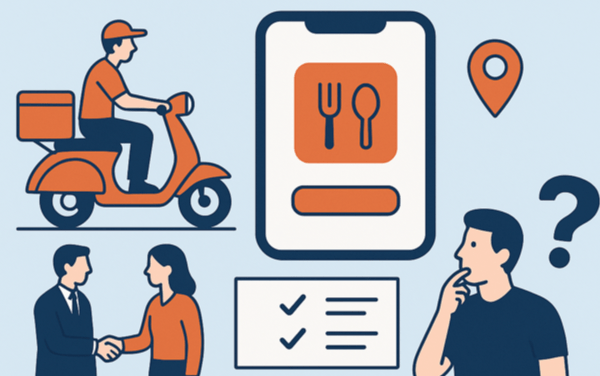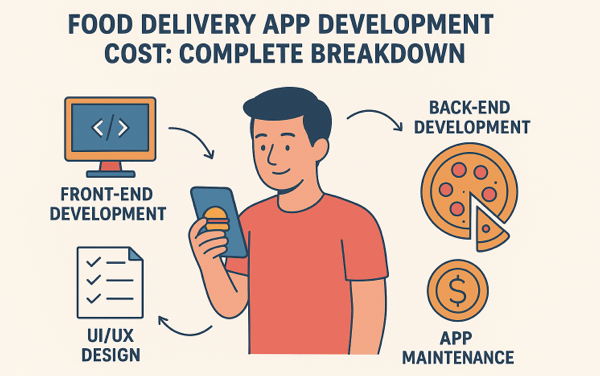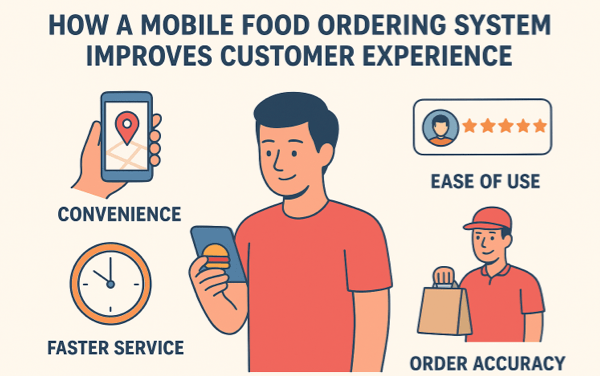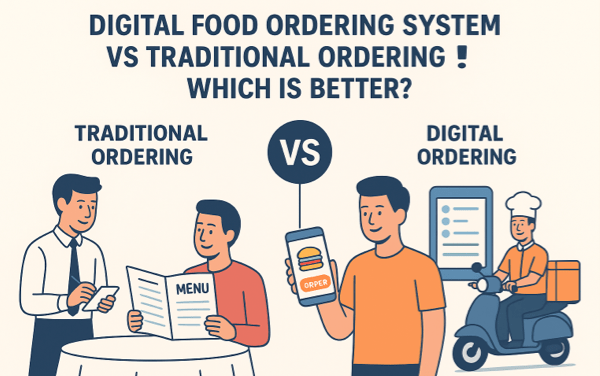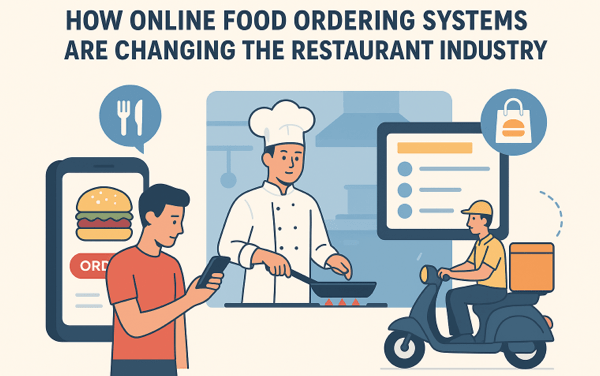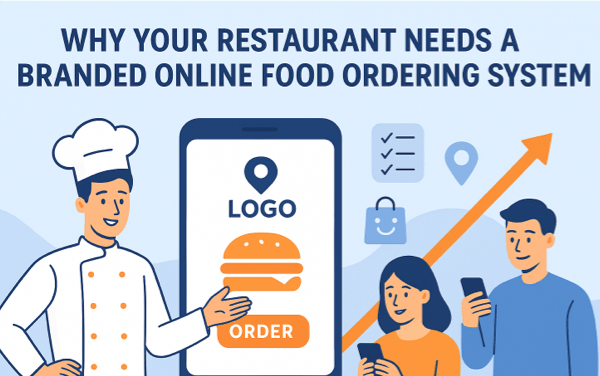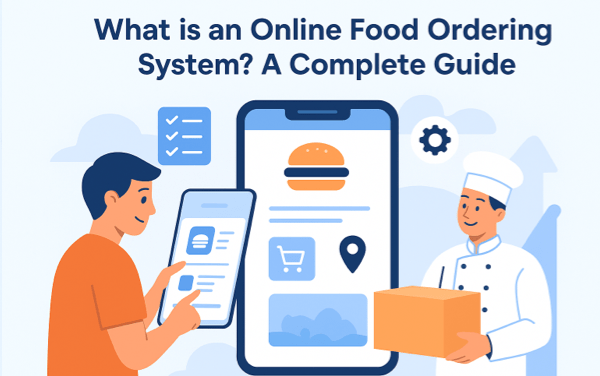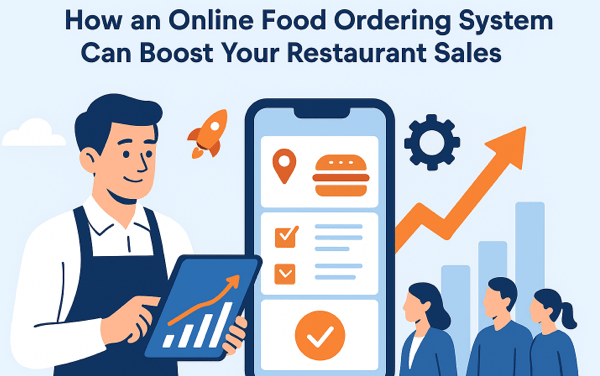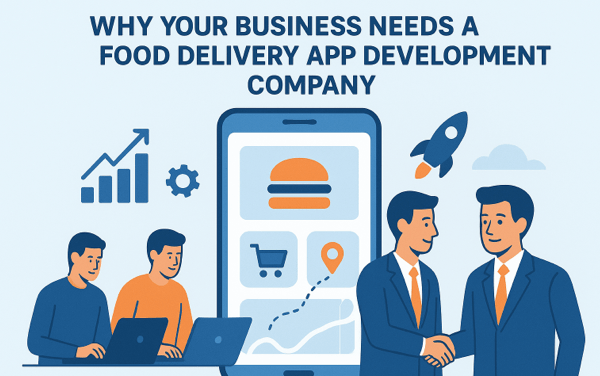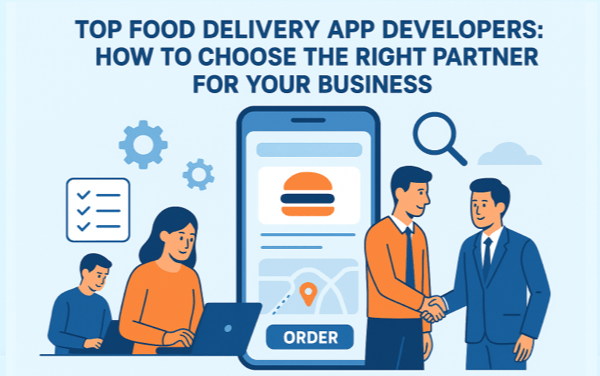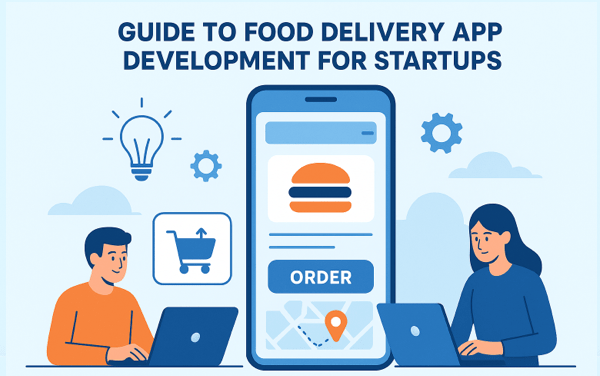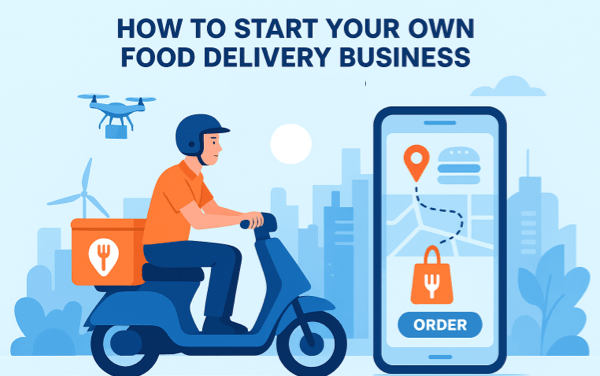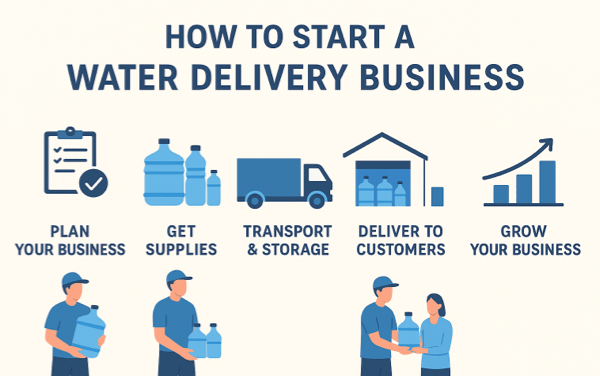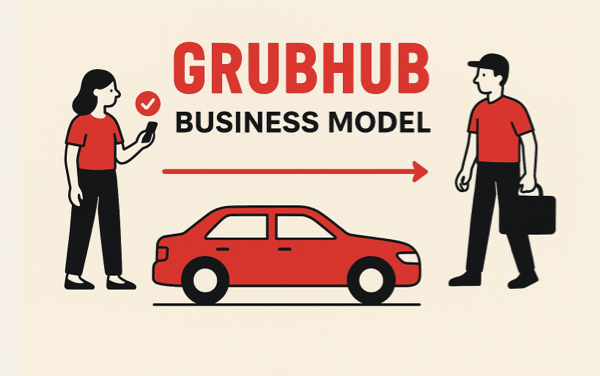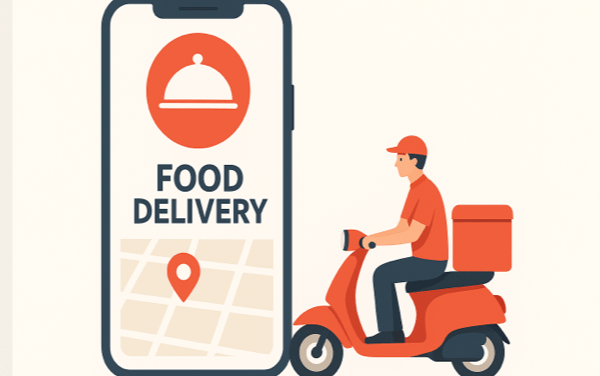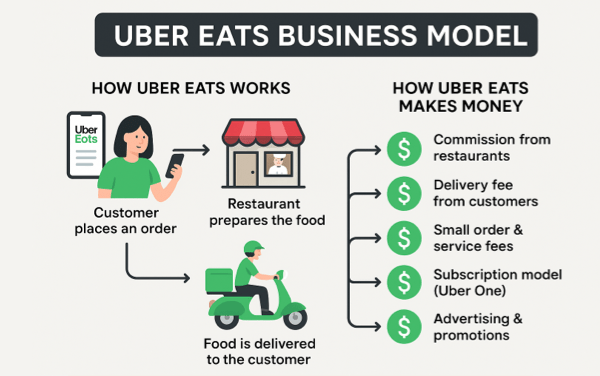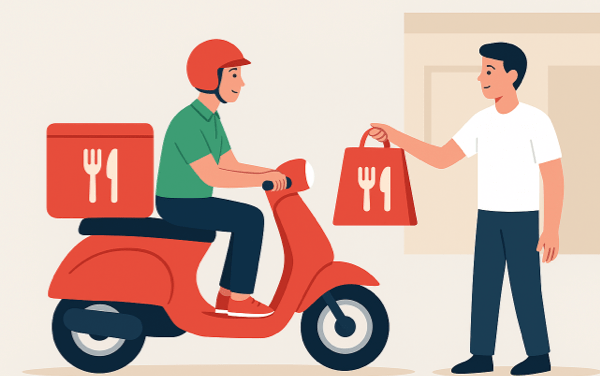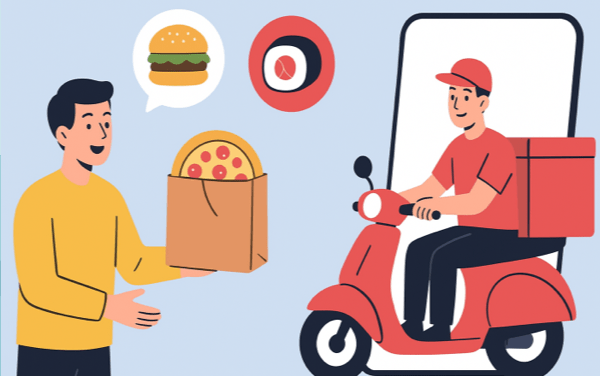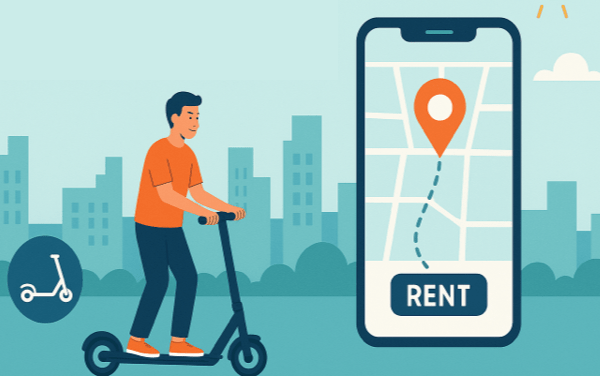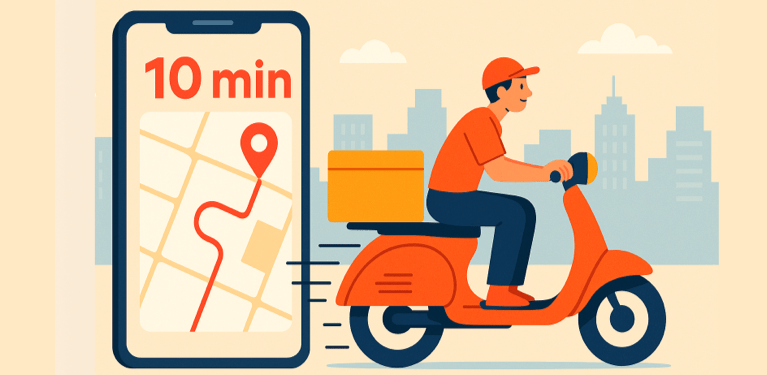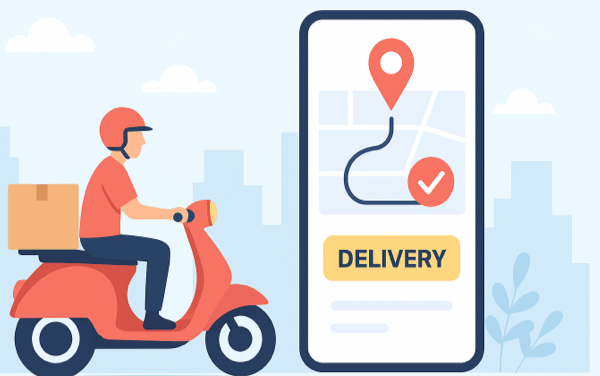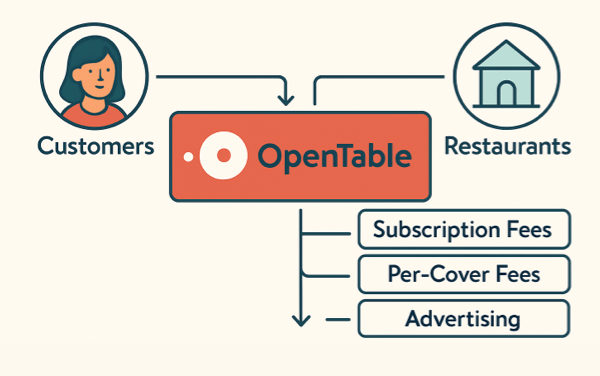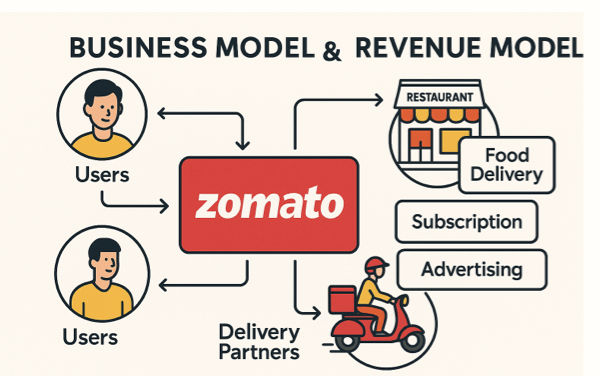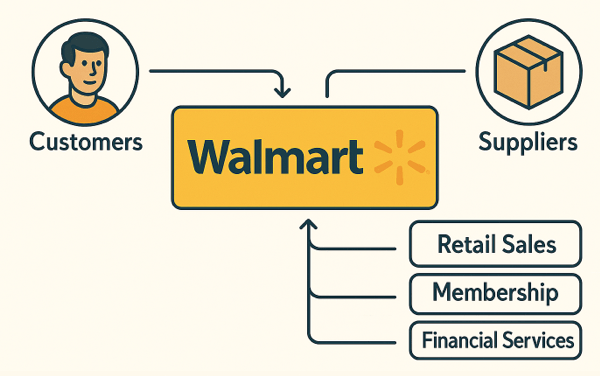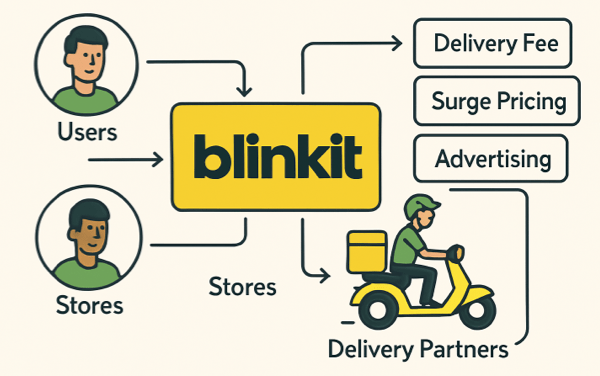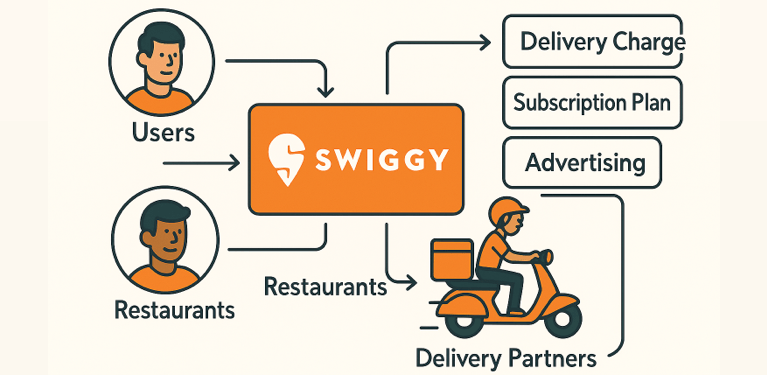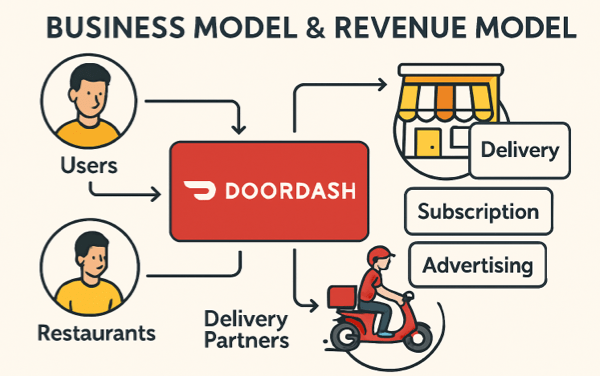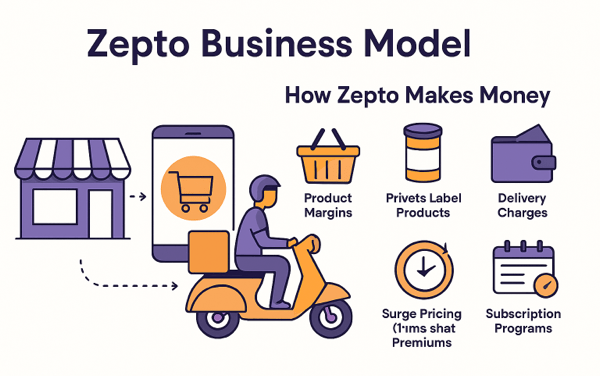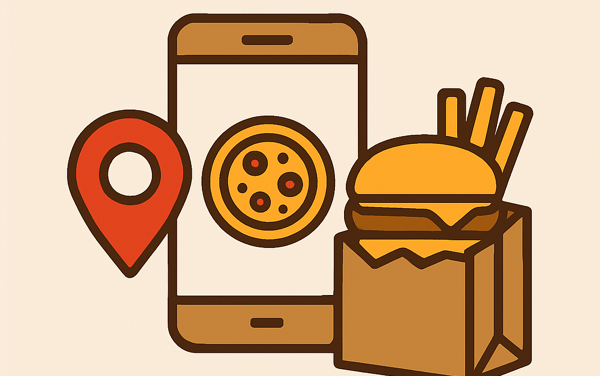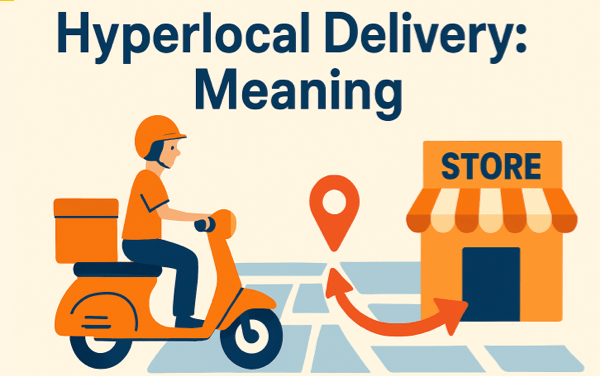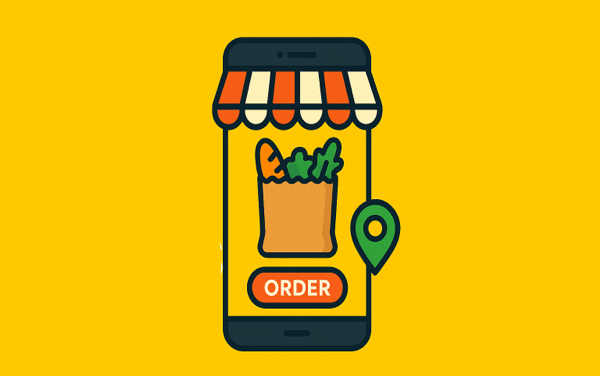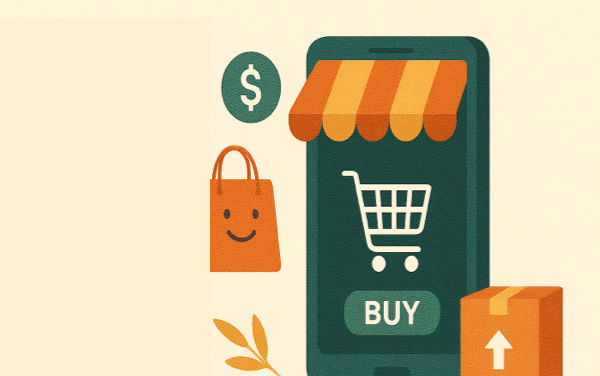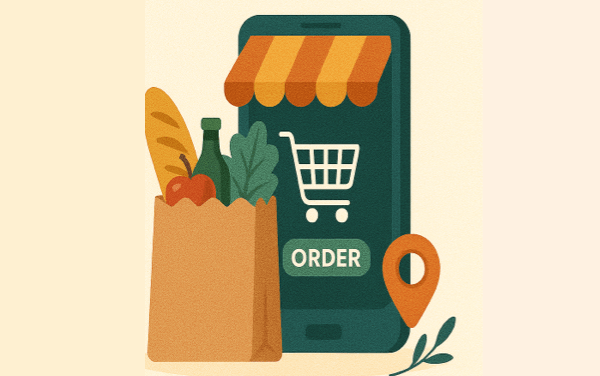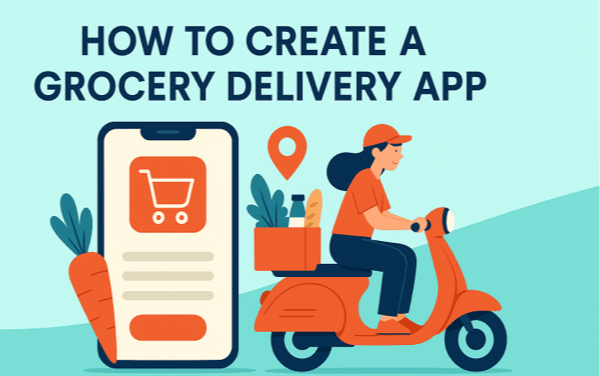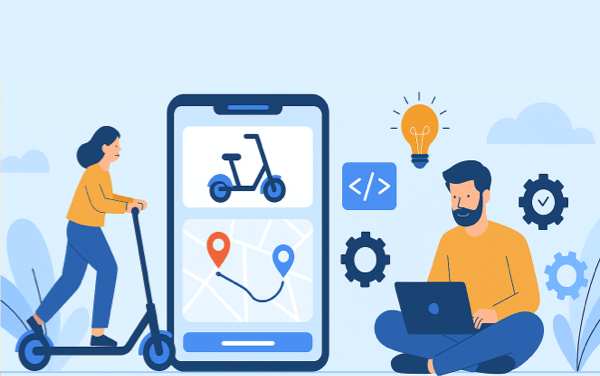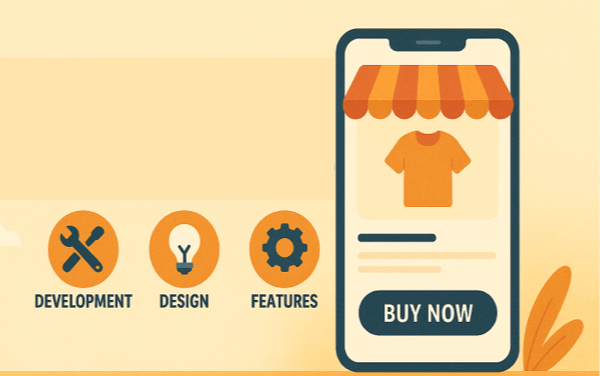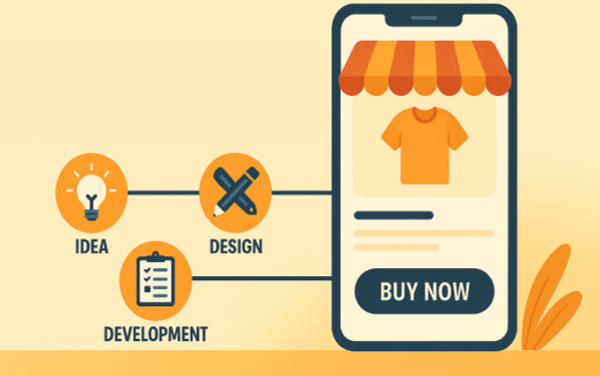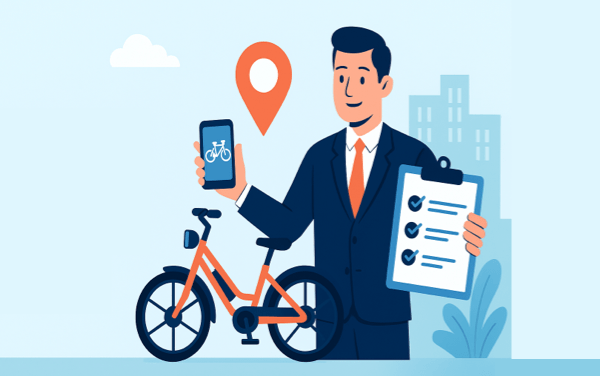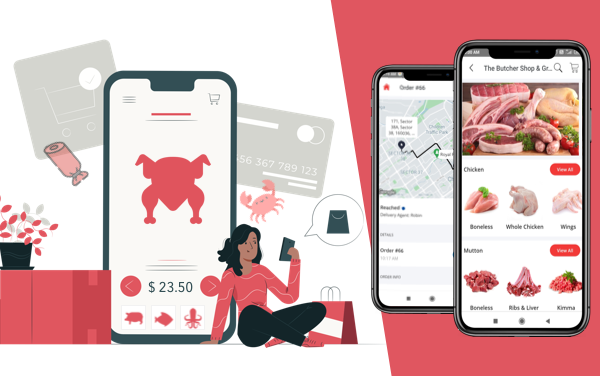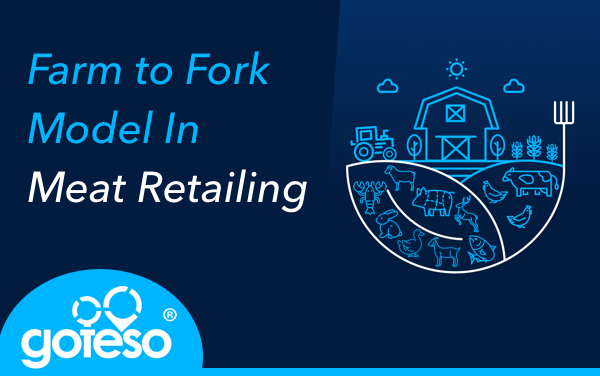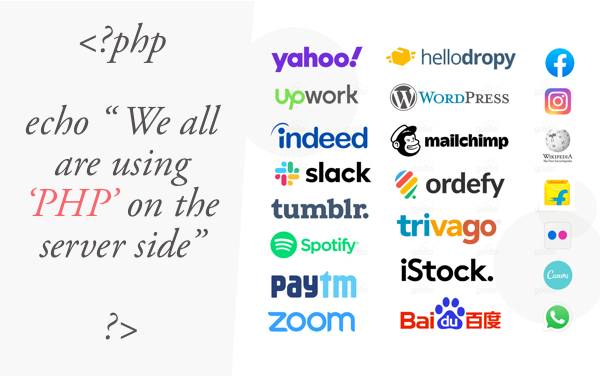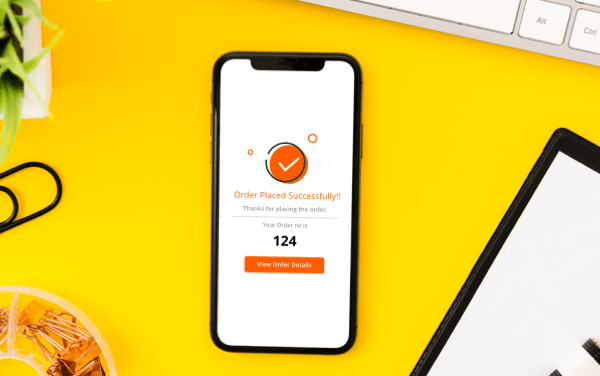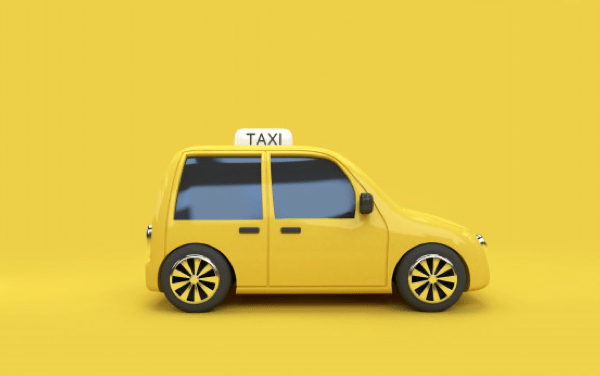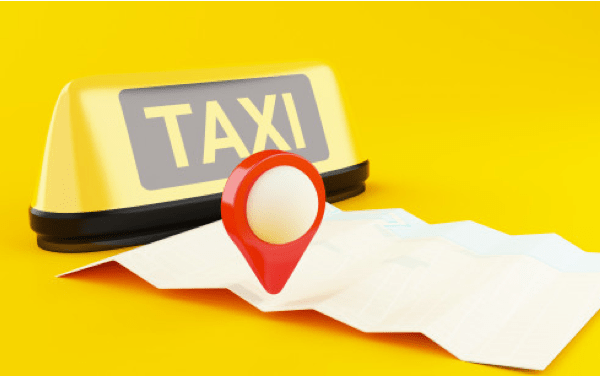Ola Business Model Explained: How Ola Works and Makes Money
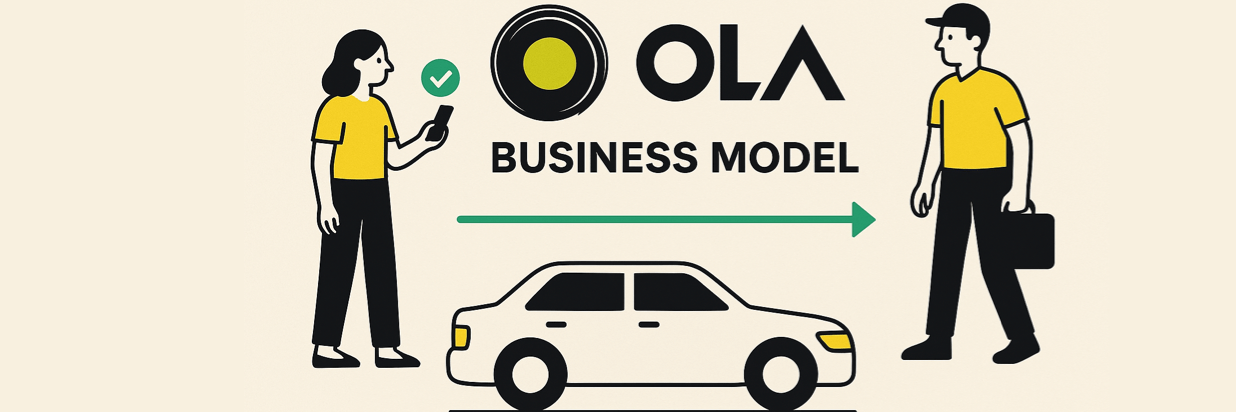
In today’s fast-paced world, ride-hailing apps like Ola have revolutionized urban transportation in India and beyond. Ola’s success story is a blueprint for entrepreneurs and startups looking to build the next big taxi booking platform. But what makes Ola tick? In this blog, we’ll take a closer look at the Ola business model, analyze the Ola revenue model, and understand exactly how Ola makes money and how Ola works.
As a leading taxi booking app development company, Goteso helps startups and enterprises build scalable, on-demand mobility solutions. Studying Ola’s model gives critical insights into building a successful ride-hailing app.
What Is Ola?
Ola, launched in 2010 by Bhavish Aggarwal and Ankit Bhati, is India’s leading ride-hailing platform. With services in over 250 Indian cities and international markets like the UK and Australia, Ola offers a wide range of mobility solutions:
- Economy rides (Ola Micro, Mini)
- Premium rides (Ola Prime, Prime SUV)
- Auto-rickshaw bookings (Ola Auto)
- Bike taxis (Ola Bike)
- Rentals and outstation cabs
- Ola Electric vehicles
But how does this system function so efficiently? Let’s break it down.
How Ola Works
To understand how Ola works, it’s essential to view it as a tech-driven aggregator platform that connects drivers and passengers.
Step-by-Step Breakdown:
- User Registration: Riders download the Ola app and sign up using their mobile number.
- Ride Booking: They input their pickup and drop location and choose a vehicle type.
- Driver Allocation: Ola’s algorithm finds the nearest available driver.
- Real-Time Ride Tracking: GPS and map integration enable live tracking of rides.
- Digital Payments: Users can pay via Ola Money, UPI, cards, or cash.
- Feedback & Ratings: Both driver and passenger can rate each other after the trip.
Ola acts as a mediator, facilitating smooth interaction between riders and drivers, all managed through a powerful mobile and backend system.
Ola Business Model: The Aggregator Approach
The Ola business model is based on the aggregator model, where the company doesn’t own vehicles but provides a technology platform to connect drivers (vehicle owners) with passengers.
Key Components:
- Two-Sided Marketplace: Ola connects passengers who need a ride with drivers who provide the service.
- Asset-Light Model: Unlike traditional taxi companies, Ola doesn’t own most of the vehicles.
- Service Diversification: Offers multiple ride categories to cater to different customer segments.
- Dynamic Pricing: Uses demand-supply algorithms to adjust prices in real-time.
This flexible, scalable model is ideal for rapid expansion across geographies and services.
Ola Revenue Model: How Ola Makes Money
Now, let’s dive into the Ola revenue model and understand how Ola makes money. Ola earns through various direct and indirect streams.
1. Commission from Drivers
Ola charges a commission ranging between 15-30% on each fare. This is the platform’s primary revenue source.
2. Surge Pricing
During high-demand periods, Ola increases ride fares. This dynamic pricing helps maximize earnings during peak hours, benefitting both Ola and drivers.
3. Ola Select & Subscriptions
- Ola Select (for customers): Subscription-based service offering perks like zero surge pricing and priority bookings.
- Driver Subscriptions: Ola also offers driver partners benefits and incentives through various paid programs.
4. Ola Money Wallet
Ola’s own digital wallet facilitates in-app payments. The company earns through transaction charges and partnerships via this platform.
5. Vehicle Leasing (Ola Fleet Technologies)
For drivers without their own cars, Ola offers leased vehicles. This vertical generates additional revenue and ensures supply continuity.
6. In-App Advertising & Partnerships
Ola monetizes app traffic through brand partnerships, sponsored content, and exclusive offers shown within the app interface.
7. Electric Vehicle Sales & Charging Infrastructure
With Ola Electric, the company is moving into the electric mobility space, creating additional revenue through EV sales, charging stations, and battery swapping networks.
Thinking of Building an App Like Ola?
At Goteso, we specialize in building robust, scalable, and user-friendly taxi booking apps for startups and enterprises. Whether you’re looking to create something like Ola’s business model or innovate your own version of a ride-hailing platform, our expert team can bring your vision to life.
Our Taxi App Development Services Include:
- Real-time GPS tracking
- Driver and passenger apps
- Admin panel & analytics
- Secure payment gateway integration
- Dynamic pricing & promo features

